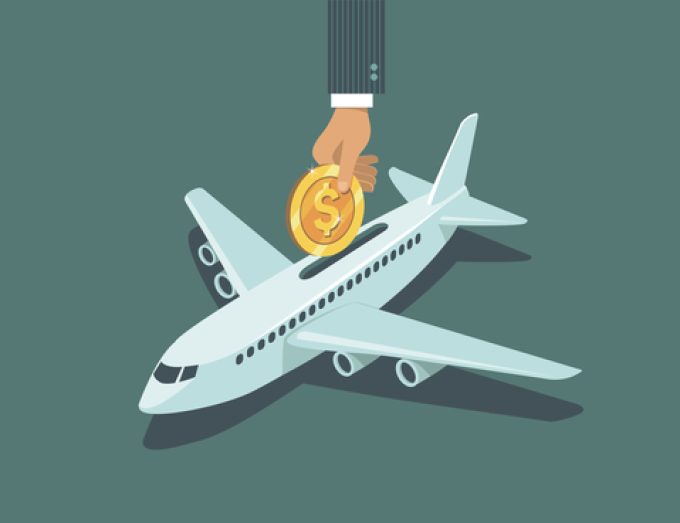Transpacific sees first major MSC blanks as rates fall and volumes falter
Following nine weeks of consecutive declines in spot freight rates on the transpacific, carriers are ...

Forwarders and data providers are reporting increasingly high airfreight rates out of Asia, expected to hit a new level at the end of November. But the market is not anticipating a ‘crazy’ peak.
Worldwide, air cargo spot rates rose 5% in the last week of October, from a week earlier, with origin Asia Pacific up 3%, Europe up 7% and Central and South America up 8% – although global tonnages remained flat, according to WorldACD.
Spot rates are now 22% above where ...
Volcanic disruption at Anchorage could hit transpacific airfreight operations
Macron calls for ‘suspension’ – CMA CGM's $20bn US investment in doubt
Forwarders stay cool as US 'liberation day' tariffs threaten 'global trade war'
Shippers snap up airfreight capacity to US ahead of tariff deadline
De minimis exemption on shipments from China to the US will end in May
Tighter EU import requirements proving 'a challenge' for forwarders
Looming Trump tariffs will create 'a bureaucratic monster' for Customs

Comment on this article